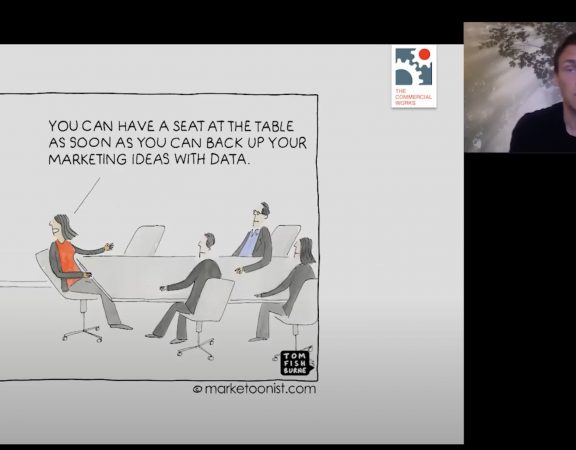One of the most widely used marketing tools is segmentation. Segmentation seems, at first sight, self-evident: people differ in their behaviour and preferences. It has, however, some persistent pitfalls. In this post I discuss one of those: the ‘fixed entity’-fallacy.
People are inconsistent
Most segmentations I see are consumer segmentations. That means we assume that variation in consumers explains variation in choice. So, Bob likes his pasta fresh, tries new variations and is willing pay a premium price. Shanti, however, usually buys only one kind of pasta in large quantities and looks for discounts. The Bobs of this world are different from the Shantis and as a marketer you can capitalize on that knowledge. So far, so good.
The problem with this convention, however, is that it doesn’t really match with what we observe in real life: people make different choices in different situations. So, Simon might prefer low fat and fruity yoghurt in the morning. For a yoghurt brand he might be your typical ‘Health Conscious Achiever’. But when Simon is out in the weekend, he might like to have yoghurt as a snack too. His criteria are likely to change: can you keep it outside the fridge for a while? Does the packaging allow for putting it in your bag? In this case Simon might be more a typical ‘Ambitious Commuter’.
More examples
Every now and then, our yoghurt-loving Simon might even want to enjoy his guilty pleasure and buy a full fat chocolate mousse desert and it eat at once by himself hanging on his couch. Now Simon suddenly is a better fit with the ‘Individualistic Self-Indulger’. (If you think of a better segment name, be my guest).
It’s easy to think of more examples like this. Sandra drives a fancy sports car, but the next car she buys is an MPV because she is expecting family expansion. Malcolm might fancy his special Belgian beers on the weekends, but when he has his friends over, he just buys two crates of white label lager. Karen might appreciate her fresh dinner routine, but on Fridays she’s late from work and throws the pizzas her kids like so much in the oven.
Well, you get the point. People are just not as consistent as our consumer segmentations might suggest.
Occasion-based segmentation
At the end of the day, segmentation is all about capitalizing on variation in behaviour. But often, that variation is only modestly related with individual preferences, attitudes or lifestyle—popular characteristics to base segmentations on—simply because we make different choices in different situations. An approach that allows for this variation is so-called occasion-based segmentation.
An occasion-based segmentation maps out variation in behaviour in terms of variation in user situations. So your choice of beverage might vary over situations; e.g. when you need something ‘for out of home’ you might choose something different than when you think about something ‘for in the morning’ or ‘something I can drink all day’.
Occasion-based segmentation pulls you away from the flawed idea that a consumer falls into one segment and will always behave accordingly. To illustrate the difference, Tables 1 & 2 show an example of a consumer segmentation and an occasion-based segmentation within the same category (e.g. beverages). Usually marketers work with 4-7 consumer segments. Occasions-based segmentations usually distinguish between 5-20 occasions, depending on the sophistication of the category and the brand’s portfolio.
Table 1: Example of a consumer segmentation
Table 2: Example of an occasion-based segmentation
Category Entry Points
For those familiar with Jenni Romaniuk’s Category Entry Points (CEPs) the above may all sound familiar. CEPs are the associations about the category people have before they buy something. CEPs include preferences, occasions, situations, goals, etc. In other words, CEPs give answers to questions like why, when, where, how and with who your products are used.
Research from the Ehrenberg-Bass Institute has showed consistently that big brands are thought of by more buyers for more CEPs. Also, people use a series of CEPs when interacting with a category. The key is therefore, in contrast to conventional positioning, not to focus on one or two things, but build a portfolio that mirrors the associations and situations that are relevant in your category.
Same but different
Is this still segmentation? I hear you ask. The answer is yes: whether you try to cluster people or situations doesn’t really matter. Segmenting people might work, just don’t fall for the exaggeration fallacy and heavy buyer fallacy I described earlier in this series.
Segmenting on occasions or CEPs might work better: it gives you a complete map of the various situations category buyers use. Based on the commercial opportunities these provide, these are the building blocks for developing your product portfolio and communication around it. A very straightforward approach that deserves more attention than it usually gets.
This is part 3 in a series of 3. See here for Segmentation flaws part 1: the exaggeration fallacy. See here for Segmentation flaws part 2: the heavy buyer fallacy.





